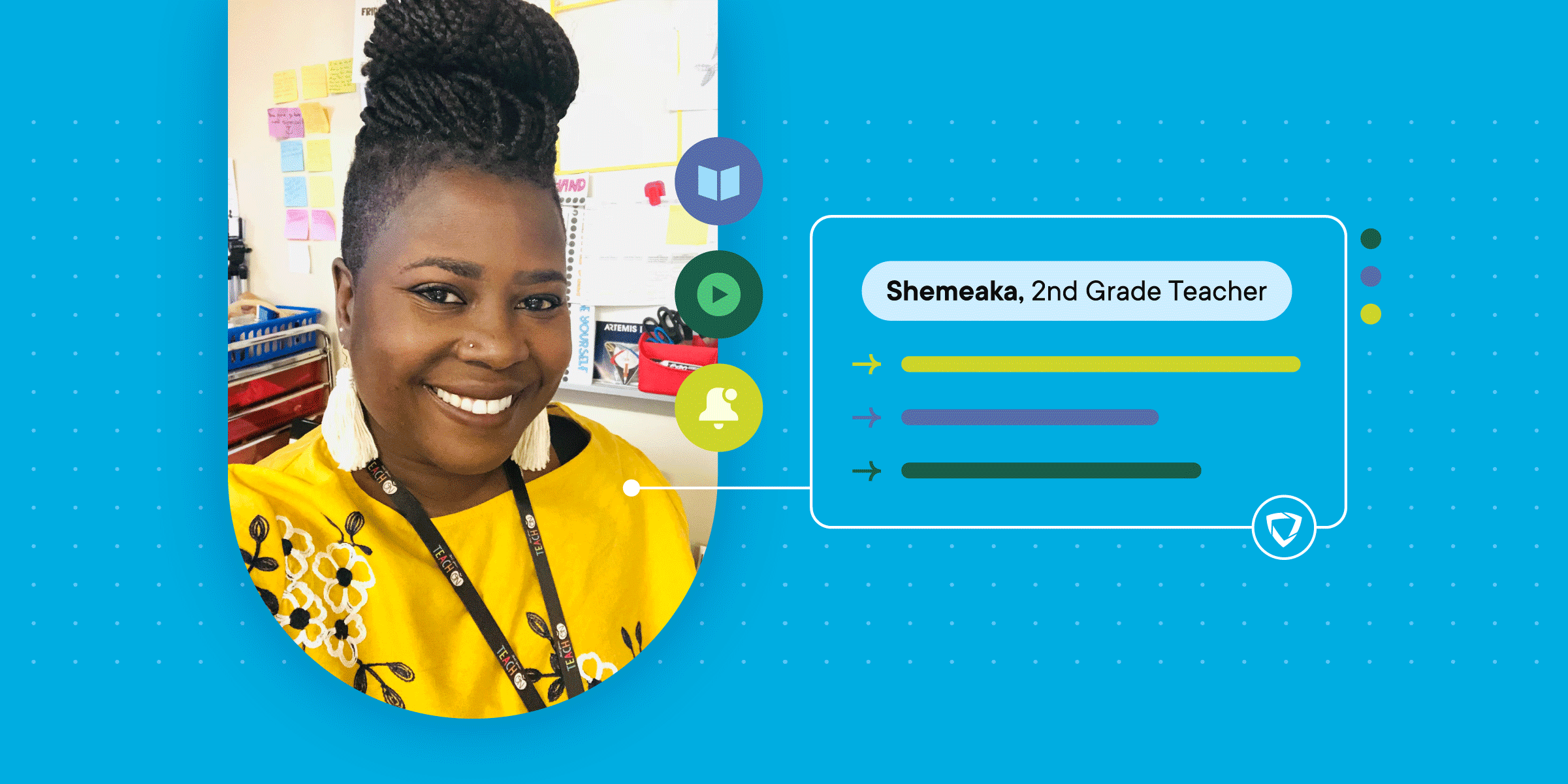
As schools across the world have shut down their facilities, many have incorporated remote learning. Although it’s effective in staying socially distanced during the COVID-19 pandemic, remote learning can lead to isolation and feelings of loneliness. The lack of social interaction in a school environment can lead to depression and anxiety, negatively impacting a student's academic performance. It’s no secret that a supportive and positive learning environment improves education. One study conducted by the University of Salford found that as much as 25 percent of academic progress and student learning is affected by the classroom environment and relationships built within that environment.
Challenges to Building Relationships in Online Learning
With a screen standing between you and your students, this can limit the number of social interactions and relationships. These are three challenges when it comes to building relationships in a remote learning environment.
1. There isn’t a teacher’s physical presence to engage students
Teachers are great at reading facial expressions and body language to gauge whether a student is paying attention or understanding the material. They can adjust their lesson plans based on student nods, smiles of recognition, or questioning stares. With online learning, teachers won’t see all of their students at once, especially while giving a lecture or sharing their screen. Furthermore, it’s much easier to get distracted when working from home, especially with loud noises, electronic devices, and random alerts appearing on devices. These roadblocks tend to weaken the relationship and rapport that teachers could have with students.
2. Online learning prevents the use of physical movement or team building activities
It can be difficult for students to build a relationship with their peers without being physically in the same room. Despite being on a virtual call with their peers, students can feel isolated when they are only consuming information without interaction. Doing lab experiments, field trips, group activities, and playing in-class games are methods that teachers could deploy in a traditional classroom, but not while remote learning.
3. Small group discussions or casual one-on-one conversations are ruled out
Under normal circumstances, students may arrive early in order to chat with the teacher or other classmates before class. This is often a time when teachers can build a deeper relationship with their students, such as asking about how their weekend went, how things are going with their family at home, or talking about a recent sporting event. While on a computer screen, these informal conversations rarely happen unless a student arrives to a video conferencing call before the rest of the class and has that one-on-one time with the teacher. But even then, once another student enters the call, that conversation is interrupted. Virtual learning creates a barrier to developing student-to-student and student-to-teacher relationships.
Strategies to Build a Positive Culture in the Classroom in a Remote Learning Environment
Despite the challenges teachers face to build their class’s camaraderie through remote learning, here are four ideas that you can implement into your virtual classes.
1. Host morning meetings
Morning meetings are typically used in elementary schools or grade schools to recognize each student and acknowledge that they are valued and present. Always determine the objective of the activity, how students will participate, and the topic or activity for student participation. You can start each class off with a short meeting in which you go around to each student. A few examples of morning meeting ideas are taking turns to read aloud, creating and sharing visual goal cards, assigning class jobs, or discussing a subject in the global news. Before beginning your class each day, use the morning meeting as a ritual to get your students interacting with each other and enthusiastic about learning.
2. Celebrate student success
Children aren’t used to long periods of isolation. Celebrate their wins to keep them motivated and enthusiastic about performing well in class. This breeds confidence, which leads to improved academic performance. A study performed on engineering students found that student confidence improved academic performance by 12 percent. Here are a few ways to celebrate student success:
- Have everyone silently clap or give your students a virtual thumbs up when they bravely spoke or shared to the class.
- Earn bonus points for participation when they perform acts of kindness, help others, or follow rules.
- Create a board in Google Classroom or a virtual board recognizing the student of the week or month.
- Give students a gift or a break from an assignment.
There are many aspects of learning you can use to reward students, such as participation, showing exceptional effort, performing well on tests, helping their classmates, etc.
3. Include each student in classroom culture
In order to establish a positive culture in the classroom, students should feel included among their peers and teachers. This makes them feel more connected to their classmates and invested in learning. Here are a few ways to build an inclusive classroom in a remote learning environment:
- Encourage and let each student speak. Although some students tend to be more talkative, try to encourage all students to share their thoughts. One method is to set a timer to allow every student to speak without any interruptions.
- Interact with students as they work. Create an environment in which you are providing constructive feedback and guiding them along the process. As an educator, you’re making students feel like you’re there to help when they need it. Whether it’s acknowledging your students in live sessions, commenting on a draft of a document online, or dropping into a chat room, be part of the journey with them.
- Create student help teams. Utilize the expertise of students while building a sense of community among your students. This helps to establish a culture in the classroom in which students look after one another. Student help teams serve as a peer-assisted learning group or student study group so that students can go to each other for specific help. Students can learn from each other and gain new perspectives on a subject matter. Integrate a rule that students should ask three different classmates for a specific kind of help before contacting you, the teacher.
4. Build relationships first
Building a healthy teacher-to-student relationship is the foundation for an inclusive and welcoming classroom. If students feel respected, understood, and safe, they will be much more willing to give their best effort. This means incorporating personalized and thoughtful interactions to help build the bond between teacher and student.
- Offer virtual office hours. Provide additional access to your students so that class time can be used more effectively instead of wasting valuable class time helping one student.
- Check-in with students who are not performing well. Try to help struggling students by reaching out to them. Students who are struggling might feel ashamed to ask for help. It’s important to lend them a helping hand, even if they don’t directly request it.
- Do wellness checks. Building the right culture means creating an environment in which students can seek out support. You can send out daily or weekly questionnaires on Google Forms to ask students about the issues they are facing. This is their opportunity to raise issues or share their concerns without letting the entire class know about it. Students will feel like their input is valued, which builds better rapport in your classroom.
Unfortunately, there isn’t a quick-fix solution to developing positive relationships with your students in a remote setting. However, if teachers can consistently incorporate these strategies into their everyday routine, students will feel more involved in the class. As educators, it’s crucial to encourage and facilitate new relationships within the virtual classroom so that students are excited to learn. Find more effective ways to build a great student culture in a remote learning environment with GoGuardian Resources.








